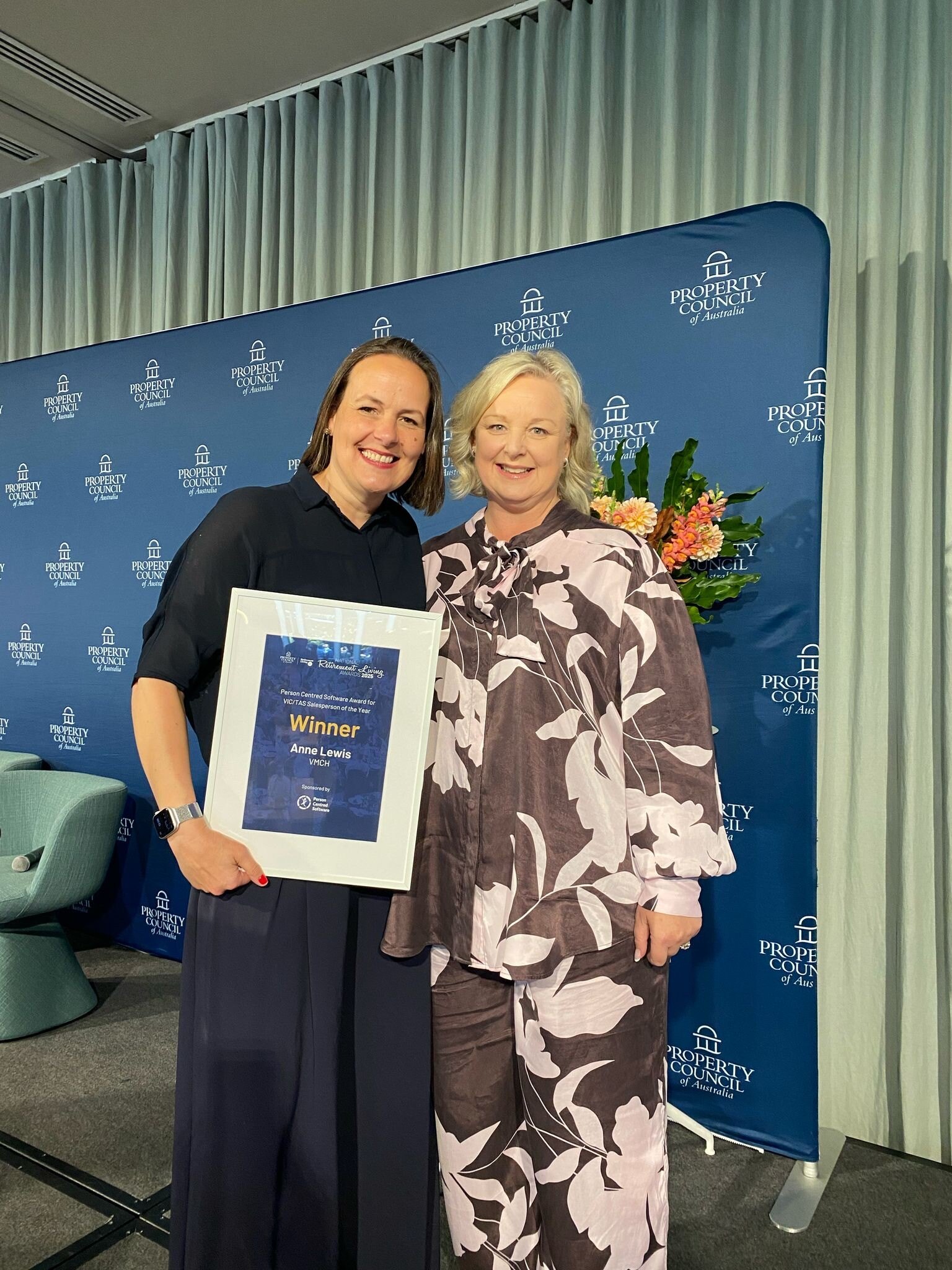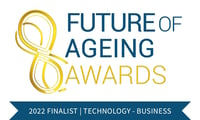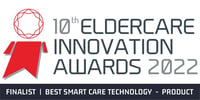Published in Aged Care Insite
Digital technology within the aged care sector has significantly increased over recent years, but there’s been a particular surge during the coronavirus pandemic.
Due to the outbreak of the virus, care providers across Australia and beyond have had to seek agile alternatives to paper-based systems or out-of-date software to try and keep ahead in terms of connectivity and collaboration, ensuring residents receive the highest quality of care while staying as safe as possible.
Indeed, connected care – even before the virus – has been the next step in digital care technology and we can only expect to see more developments in continued connectivity as we enter 2021 and the ‘post-pandemic’ landscape.
Flexibility is crucial in achieving a care environment where everyone across the board is connected, and where care plans can be produced, monitored, actioned and updated in real-time by all who have access to the technology. We are all aware of the negatives of using paper to plan and monitor care, but not all care providers are aware or have embraced technology that is truly unique; being agile to the point where it is bespoke to suit the users’ specific requirements.
In Australia, clinical software in the care sector has traditionally tried to be all things at once. Imagine a person spinning several plates – they have to focus their attention on keeping one spinning while the others slow. Each of these plates could represent an element to the business, which could be planning, medication management, workforce management, finance, and call bells/acoustic monitoring.
Furthermore, some care technology providers try to offer all-in-one solutions to different fields of care, such as home care, retirement villages, catering, medication management, workforce management and finance. While it’s possible and some care providers are happy with this practice, it’s not truly agile, but more like a Lego structure where each module is bolted on to the next and not communicating with one another.
In 2021, we expect there to be more interoperability, often referred to as ‘joined up care’, in digital technology. Joined up care systems reduce duplication, minimise errors, and improve transparency. In short, as the world becomes more digital, interoperability will become more important.
Any product that a care provider implements is likely to have a lifespan. As we’ve seen with the pandemic, situations change and sometimes a product doesn’t keep pace with current practice. The structure of care changes too, maybe moving from residential to nursing, or assisted living to home care. In all these cases, it might be necessary to change one element of the joined up system, but if that element is tightly bound to other products then the choice becomes very hard - do you start again with everything, or continue with products that aren't aligned with your business needs?
The solution to all these problems already exists. There are a growing number of products on the market that are designed to work with many other products, a bit like the aforementioned Lego bricks - but these blocks are agile and can communicate with one another. Seeking products that integrate with many other companies’ products allows care providers to build a portfolio of solutions that meet their current needs, with the assurance that if their needs change or if one product doesn’t deliver, then switching is at least possible.
By creating an agile ecosystem of care where one care system can partner with other best-in-breed systems from their respective fields of care, the provider not only benefits from the very best solutions on the market, but also gets the luxury of having a choice. They don’t get presented with the finished model of building blocks, but instead get to create it themselves, tailoring it to their needs.
Overall, we expect to see more interoperability in 2021 and beyond. Care providers and digital care technology developers are uncovering the potential of utilising solutions that focus on one area of care – staying relevant to its field – but can be agile enough to integrate with other products that are the best in their respective field. Ultimately, the enhanced connectivity and collaboration allows everyone to benefit.











